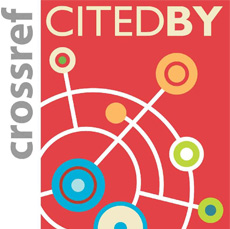ISSN : 1226-4946(Print)
ISSN : 2288-5412(Online)
Yeats’s Use of the Poetic Refrain*
Rajeev S. Patke
Department of English at the National University
Abstract
The paper provides both an overview and selected close readings ofYeats’s practice in respect of the poetic refrain. Oral poetry first established therefrain as a device for recapitulation, reinforcement, and structural linking. Yeatsused this device from oral traditions throughout his career, making its seemingrepetition a formal means for powerful enhancement of a poem’s motif and thematicdrive. He made extensive use of the refrain during the early stages of his career,and in the final years of his life. In a contemporary world where poets arehabitually addicted to free verse, the example of Yeats offers a salutary lesson fromthe long past of poetry. The detailed analysis of poems such as “Long-Legged Fly”demonstrates the nuanced and powerful signification Yeats is able to accomplishthrough the use of the refrain.
예이츠의 시적 후렴의 사용
라지브 패트키
싱가포르국립대 영문과 교수
초록
이 논문은 시의 후렴을 예이츠가 어떻게 사용하는지 보기 위해 전반적이고 개별적인 가까이 읽기를 한다. 요약, 강조, 및 전후 연결도구로서 구어시에서 생긴 것이 후렴이다. 예이츠는 이 구어시의 기법을 평생 사용하는데, 시의 모티브와 주제를 강하게 표현하는 방법으로 반복을 사용한다. 그는 초기시와 말기시에서 이 후렴을 집중적으로 사용한다. 자유시가 범람하는 당대의 시에서, 오랜 시의 전통에서 얻은예이츠의 예는 좋은 모델이 된다. 「긴 다리 소금쟁이」같은 시들의 면밀한 분석은 예이츠가 후렴을 사용하여 얻는 미묘하고 강렬한 의미 만들기의 예를 잘 보여준다.주제어: 예이츠, 후렴, 반복, 제퍼스, 벤들러










